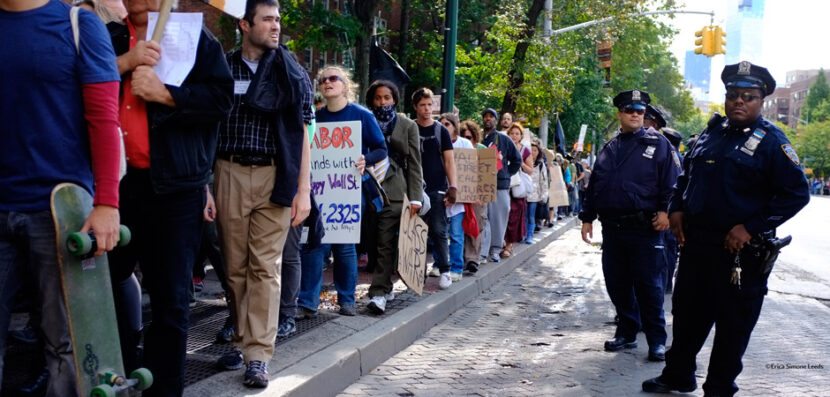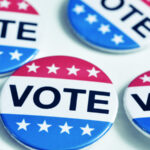March for Our Lives
On Saturday, March 24, hundreds of thousands of students and activists marched in cities across the United States–and around the world–to protest gun violence, especially in U.S. schools, and to demand that legislators take stronger action to restrict illegal gun activity. Here, Election Central takes a look at the marches and what they might mean for the 2018 midterm elections.
What Happened?
More than 800 protests occurred in every U.S. state, and on every continent except Antarctica. The nationwide March For Our Lives event was organized by students, spearheaded by the student survivors of the shooting at Marjory Stoneman Douglas High School in Parkland, Florida, last month. According to their mission statement, the goal of the event was to “demand that a comprehensive and effective bill be immediately brought before Congress to address these gun issues.”
The biggest rally and march took place in Washington, D.C. An estimated 200,000 to 800,000 people participated. If the larger number is to be believed, then the March For Our Lives replaces the January 2017 Women’s March as the largest single-day protest in the nation’s history. Whether or not it beats that number, it was still the largest youth protest since the Vietnam War era.
Related Links:
Click to review a btw photo essay on the January 2017 Women’s March in Washington D.C.
Click to read a btw story about the Parkland shooting.
Several of the speakers at the Washington march were the student survivors of the Parkland shooting, including 17-year-old Emma Gonzalez, who has become one of the most recognizable faces of the anti-gun movement. In a moving tribute, Ms. Gonzalez set a timer for six minutes and twenty seconds: the duration of the Parkland shooting. She recited the names of her deceased classmates and then stood staring ahead in silence for the remaining four minutes and 26 seconds until the timer went off.
What’s Next?
The student activists leading the marches weren’t just protesting the tragic events that have already happened. Their goal was also to inspire other young people like themselves to register to vote, and to use their vote to support candidates who stand for measures like universal background checks and bans on assault-style weapons. Many of these activitists also want to vote out any candidate who has taken money or an endorsement from the National Rifle Association (NRA). “Vote Them Out” was a common chant at many of Saturday’s marches.
So how will this new movement play out in the upcoming midterm elections? How nervous should pro-gun representatives be? It’s complicated. A significant majority of Americans–up to 75 percent, even among Republicans–support gun control measures such as universal background checks.
However, the problem is issue intensity. That means that even though most people support gun control, it’s rarely their number-one issue when they go to the polls. In fact, it’s estimated that only 4-5 percent of Americans view control as their top priority when they vote. So they may vote for a pro-gun candidate who aligns with them on other issues.
That’s where the March For Our Lives comes into play. By launching gun violence into the national spotlight, gun control will become more of a priority for countless voters. If the student activists and their supporters can sustain the current momentum into the November midterm elections, it’s possible that they may see the change they are so passionately fighting for actually come true.



